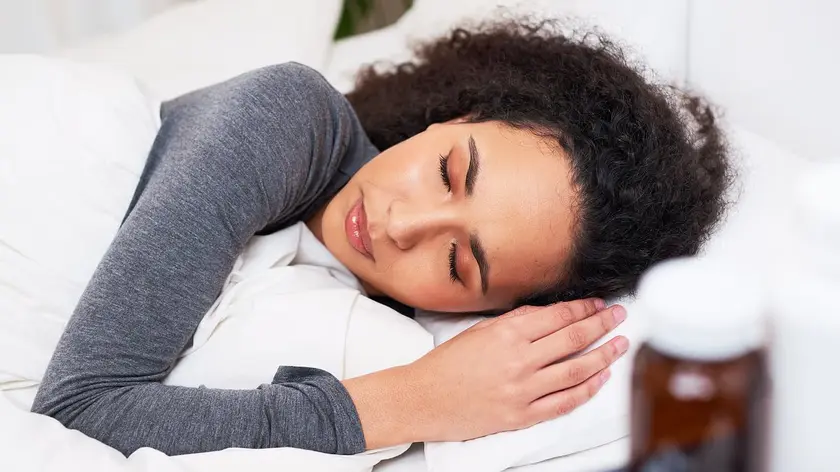T4K3.news
Conch shell breathing shown to ease sleep apnea in small study
A new study suggests that shankh blowing may reduce sleep apnea symptoms in adults with moderate OSA, but researchers urge larger trials.

A small study in India suggests blowing into a conch shell may ease moderate obstructive sleep apnea symptoms.
Conch Shell Breathing Seen as Sleep Apnea Alternative
A study published in ERJ Open Research followed 30 adults with moderate obstructive sleep apnea who were assigned to either shankh blowing or deep breathing exercises. After six months, those practicing shankh blowing reported 34% less daytime sleepiness and four to five fewer breathing pauses per hour, with higher nighttime blood oxygen levels. The technique involves deep inhalation followed by a forceful exhalation through pursed lips, creating vibrations and airflow resistance that researchers say could strengthen muscles in the upper airway and reduce collapses during sleep. The researchers say shankh blowing could offer a low-cost alternative to CPAP machines, especially for patients who find CPAP uncomfortable, unaffordable, or inaccessible.
The study notes shankh blowing is simple to perform and does not require devices or medications. However, the authors caution that the trial was small and conducted at a single center. They call for larger, multi-center trials to confirm results and assess long-term safety before any clinical recommendations are made.
Key Takeaways
"For people living with OSA, especially those who find CPAP uncomfortable, unaffordable, or inaccessible, our findings offer a promising alternative."
Dr Krishna K Sharma on the potential of shankh blowing as an alternative to CPAP.
"The way the shankh is blown is quite distinctive. It involves a deep inhalation followed by a forceful, sustained exhalation through tightly pursed lips."
Sharma explaining the technique and its proposed mechanism.
"Shankh blowing is a simple, low-cost breathing technique that could help improve sleep and reduce symptoms without the need for machines or medication."
Direct claim about benefits of the technique.
"If CPAP is uncomfortable or inaccessible, our findings offer a promising alternative."
Sharma framing the practical implications for patients.
This finding sits at the intersection of traditional practice and modern medicine. If replicated, it could push healthcare systems to value non-drug, low-cost options that are easy to teach and learn. Yet hype must be avoided. A larger data set is essential to determine whether benefits hold across diverse patients and over longer periods. The real test will be whether such breathing techniques can complement existing therapies or stand as a practical option for those who cannot access CPAP.
Highlights
- Ancient breath meets modern sleep health
- A conch shell could become a low-cost ally against sleep apnea
- Shankh blowing offers a simple path to better sleep
- This breath could complement, not replace, current treatments
Health communications risk
The study is small and short term. If media coverage overstates results, patients may abandon proven therapies. Larger trials are needed to confirm safety and effectiveness.
Further research will determine whether this ancient breathing method can meet modern clinical needs.
Enjoyed this? Let your friends know!
Related News

Conch shell technique shows promise for sleep apnea

Conch Blowing Shows Potential to Help Sleep Apnea

Zepbound approved for sleep apnea treatment

Caffeine intake linked to health benefits and risks

Study Links Vegan Diet to Reduced Menopause Symptoms

Dietary Changes Could Help Reduce Headaches

Revealing unethical medical experiments

Longevity expert shares 10 health supplements
